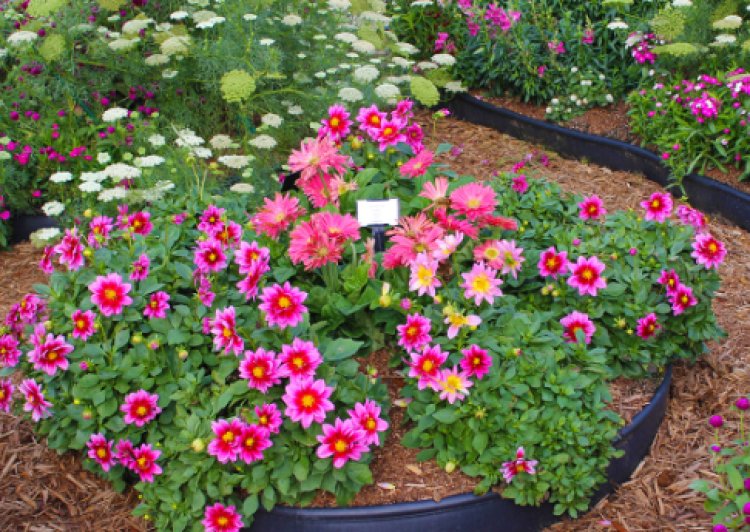How to Select a Perfect Layout for Your Garden
When putting up home gardens, gardeners can choose from a variety of gardening layouts. Choosing a layout is essential because it establishes the framework and course for gardening operations.

In this post, a variety of the most simple and interesting garden designs have been thoroughly covered. Choosing a layout for a vegetable garden is more difficult than actually having and managing one.
What to consider when choosing a garden layout
Shade and Sun: If you choose a shaded location for your garden, your plants won't be able to live. While certain veggies require 7-8 hours of direct sunlight, others can survive with only moderate shade.
Accessibility to water: Try focusing on a place with simple access to water. Watering the garden using hefty buckets won't always be viable.
Soil: The ideal soil for your vegetation is essential because plants derive all of their nutrients from the soil they are grown in.
Available space: When choosing a scheme, keep in mind how much garden space you have available.
Window sill garden

Locate a window sill that receives plenty of sunlight, set your containers there, then sow seeds and watch your plants flourish. Choose a durable container and consider the strength and size of your windowsill. Flowers, leafy plants, and herbs are the finest plants to grow in a window sill garden arrangement.
Row garden

A row garden pattern is a classic for growing vegetables. Here, seeds are spread in straight rows with 1-2 feet of earth between each row so that the area will be used for maintenance activities like weeding. Although the plants are arranged in a line, caution must be used when planting the seeds.
Vegetables should generally be planted with their taller varieties on the north side of the rows and their shorter varieties on the south. This is done to avoid the taller plants stifling the growth of the shorter vegetable plants by casting them into shadows. Maintaining adequate space between the crops will make it simpler for one to water and later harvest.
Vertical gardening
Vertical gardening would be excellent for you if you have a space constraint in your flat. You can utilize the limited space you have set aside for your vegetables by using the various vertical layout choices. Vertical gardening not only saves space but also guards against pest invasions. To make the most of the space use trellises and hanging pots

Trellis garden
In trellis gardening, which is a sort of vertical gardening, the plants are staked together to provide support. This is essential because vines frequently perish under the weight of the fruits and blooms they bear. These trellises provide excellent support and strength to allow the top-heavy plants to grow upwards. These poles and trellises have both aesthetic and practical uses.
Hanging pots
When you hang pots in your garden, you are engaging in yet another form of vertical gardening. In addition to preventing space problems, this also makes harvesting simple. Simply use a pair of scissors to chop your produce, herbs, and other items without having to bend over, sit down, or put undue pressure on your knees or back. Furthermore, it gives the region a beautiful appearance and you may use pots in a variety of colors or DIY paint them to match your home's decor to give your garden a unique appearance.
Hydroponic gardening
Hydroponics gardening is a popular gardening method with more benefits than one could ever think. You can grow any crops you desire in a hydroponic garden, no matter the season. This is due to the garden's lack of a soil base as it uses water that is rich in nutrients and has all the ingredients a plant needs to develop. Additionally, since there isn't any soil in this gardening design in the first place, there is absolutely no reason to be concerned about soil erosion, compaction, or anything else.

Container gardening
One of the simplest vegetable gardening plan ideas for people with even little gardening space is container gardening. Choose the type of containers you want and keep a few of them on the staircase, balcony, or in the kitchen then grow the vegetables, herbs, plants, or flowers. The good thing about this kind of gardening, the containers come in a variety of materials, sizes, and shapes making the gardening process exciting.
Raised bed garden
In contrast to in-ground gardening, this design requires a soil mixture in addition to building materials such as wood, stone, or plastic for the beds where vegetable seeds can be sown. If you don't have a standard garden area, a raised bed arrangement is the ideal answer. A raised bed garden is more accessible as one can move around easily to do the watering and harvesting processes.

























